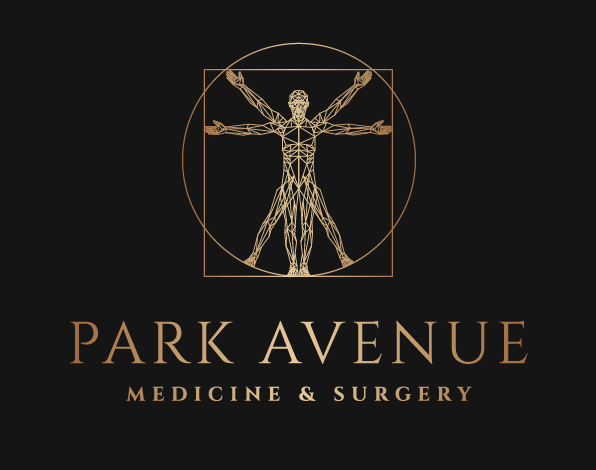Lifespan Optimization and Biomarkers
Humans, like all forms of life, age as they grow older. Their body systems slowly begin to wear out, they begin to suffer from numerous health problems, and they eventually die because of those health problems. But what is it exactly that defines a person’s “age”? When most of us think of aging, we imagine skin getting wrinklier, hair growing whiter, limbs growing weaker, and so on. But is there a direct cause for these indicators of aging?
The process of aging is influenced by many different factors. These factors include the environment of the individual in question, the lifestyle of the individual, and the various chemicals the individual is exposed to over time (both intentionally, like smoking and drinking, and unintentionally, like breathing polluted air or working in a chemical laboratory). All of these factors determine how long any given organ system can last, and thus, how long the body of the individual can last before succumbing to aging. For example, if one smokes regularly, then they are causing damage to their lungs. However, because the rest of the body is dependent on the lungs for oxygen, the damage to the lungs results in damage to the rest of the body, causing a shortening of one’s lifespan. Thus, if an individual is exposed to certain factors, it might cause them to age at an accelerated rate.
In the field of medicine, there are two types of aging: chronological aging and biological aging. One’s chronological age refers to the amount of time that they existed, and is what most people consider their true age. One’s biological age, however, refers to the degree to which their body has progressed to the end of its natural life. For instance, a person who is chronologically fifty years old might live an exceptionally healthy lifestyle, and thus have the body of a forty-year-old. In other words, that person would have a chronological age of fifty but a biological age close to forty. However, as stated before, the process of aging has many factors. So even though determining one’s chronological age is relatively simple, determining their biological age can be extremely difficult. For a long time, doctors measured an individual’s biological age by simply comparing their chronological age to the average lifespan of their region. While this can provide a reliable estimate of the individual’s age, it does not take into account many individual factors, such as genetics or lifestyle, and so this method cannot be used to reliably pinpoint a definite biological age. However, determining one’s biological age at an individual level has been a topic of ongoing research, which has resulted in the discovery of aging factors known as biomarkers.
Biomarkers are parameters specific to an individual which determine the degree to which they have biologically aged. According to the American Federation of Aging Research, biomarkers must meet the following criteria: 1) Biomarkers must reliably predict one’s biological age (the point they are in within their natural lifespan), and must do so better than one’s chronological age. 2) Biomarkers must monitor a basic process which underlies the entire aging process. Thus, they cannot monitor the symptoms of any diseases associated with aging. 3) It must be possible to repeatedly test for a biomarker in a matter which does not harm the individual. 4) The biomarker must be present in both humans and laboratory animals, so that said biomarker can be tested in animals before they can be tested in humans (this criterion is disputed within the scientific community, however, as certain biomarkers are exclusive to humans while still providing useful data).
There are numerous biomarkers which are measured in very different ways. Biomarkers can be found through analysis of one’s genome, immune system, and hormonal balance, as well as by analyzing the state of their cells and the presence of certain modified proteins associated with aging. By analyzing all of these different factors, scientists are able to more accurately calculate the biological age of an individual, rather than estimate it through statistics. Through this technology, we can eventually determine the precise factors which cause aging. In the future, perhaps, we might use this knowledge to delay or prevent aging entirely.
References:
“MARK-AGE Biomarkers of Ageing.” Mechanisms of Ageing and Development, Elsevier, 24 Mar. 2015, www.sciencedirect.com/science/article/pii/S0047637415000317#bib0365.



